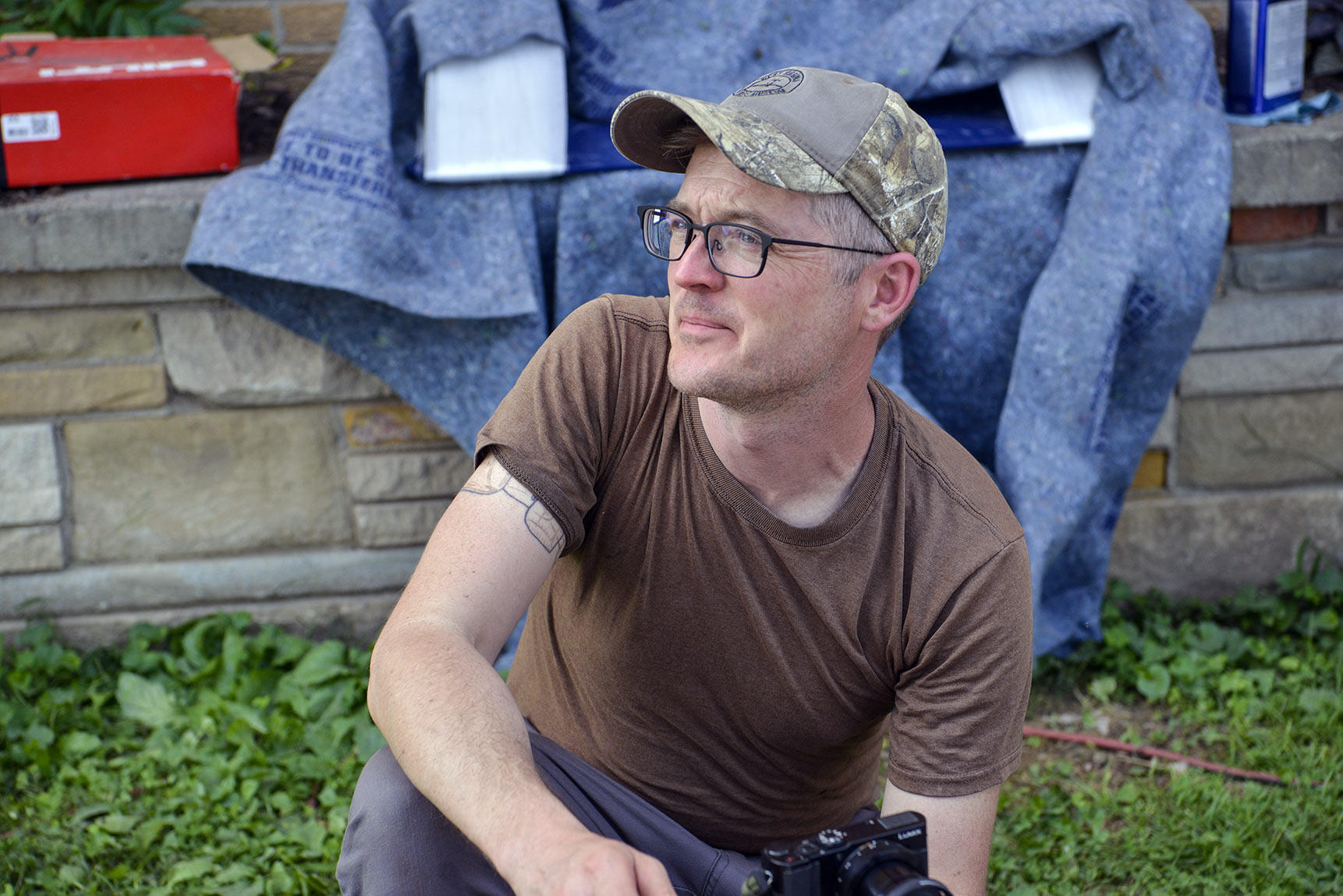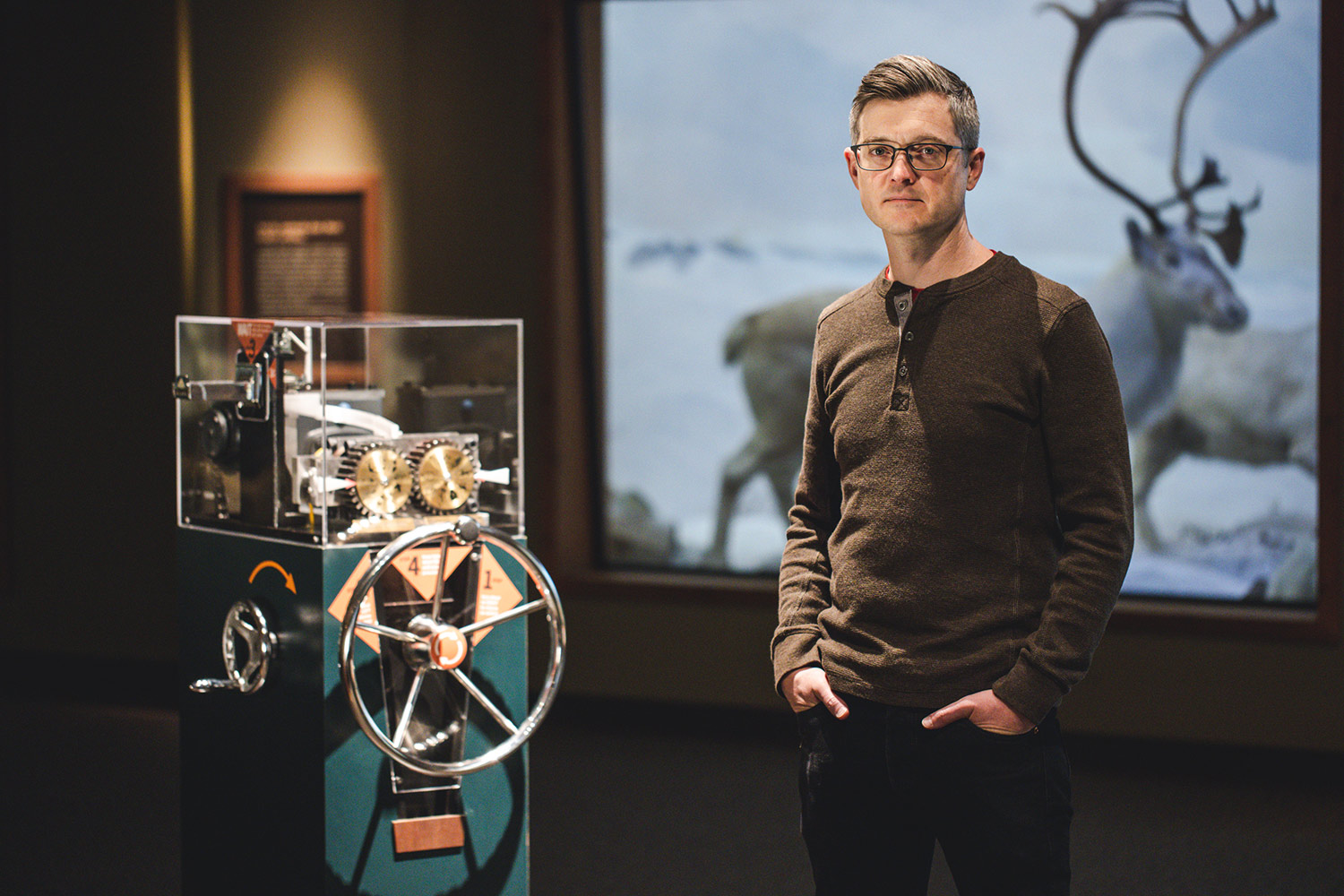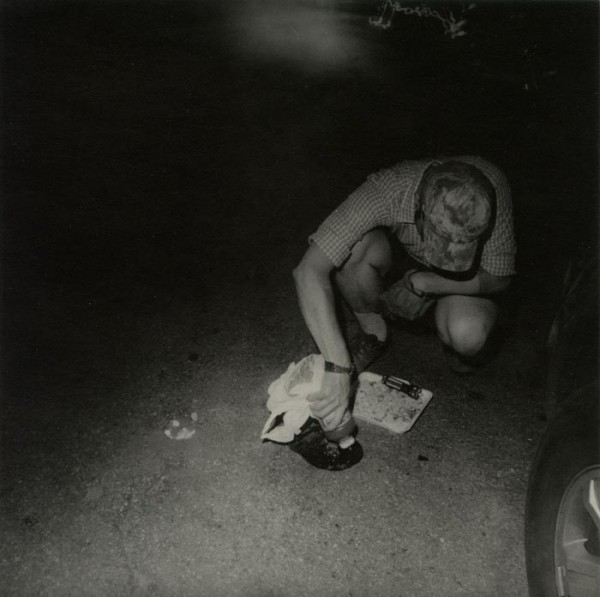My practice is a legible hybrid of research, activism, and alternative exhibition strategies.
I am a storyteller and memory worker with a shapeshifting, flexible approach to creative tactics. I dig where I stand, balancing an academic’s research and investigation practice with the folk-keeper’s belief in the power and validity of the stories and practices of everyday people. My work is rooted in a slow-burning rage at the processes by which memory is manipulated and history is buried in service to injustice and oppression: in practice I methodically distill this antagonism into forms that are thoughtful, accessible, and occasionally magical.
I’ve collaboratively built a penny smasher that sparks questions about extinction and adaptation. I’ve worked with Appalachian coalfield communities to start a people’s history museum, and then to realize larger-than-life public monuments to human rights struggles. I create replicas of historical artifacts, make wax rubbings of official historical markers (and occasionally make the markers themselves), and have published two nonfiction history books to date (with a third in the works).
bio:
Shaun Slifer (b.1979) is a multi-disciplinary artist, nonfiction author, and museum professional based in Pittsburgh, a city set inside the flexible cultural boundaries of both Appalachia (a name we call The Land and People) and the Rustbelt (a name we call What We’ve Done to The Land and People). His creative practice fundamentally investigates memory, directly challenging the oppression of currently-dominant historical narratives, both social and ecological.
Shaun regularly works in collaboration with artists and other specialists, and in collectively-structured groups. He has worked as the Creative Director at the award-winning West Virginia Mine Wars Museum since 2015. Shaun is a founding member of the Justseeds Artists’ Cooperative, and an original member of the now-disbanded Howling Mob Society. In 2022, he worked as the lead designer with the community-based public memory project Courage in the Hollers, part of Monument Lab’s 2022 Re:Generation cohort. His investigative people’s history book, So Much To Be Angry About: Appalachian Movement Press 1969-79, was released on West Virginia University Press in March, 2021.
Shaun’s work has exhibited internationally in a variety of museums, galleries, and nonprofit community spaces, as well as non-authorized public settings, and he has presented on his research and creative practice at numerous universities and conferences in the United States and Western Europe. His work has been exhibited across the US and the world, including at the Queens Museum (NYC), the Biennial of Graphic Arts (Ljubljana, Slovenia), and the U.S. Pavilion at the 13th International Architecture Exhibition – la Biennale di Venezia (Italy). For his work with the West Virginia Mine Wars Museum, he was presented with Honorary Membership in the United Mine Workers of America (UMWA), Local 1440 in Matewan, West Virginia.
Currently living in Southwestern Pennsylvania, with roots in Nebraska and Tennessee, Shaun received a BFA with a concentration in sculpture from Watkins College of Art in Nashville in 2003.





